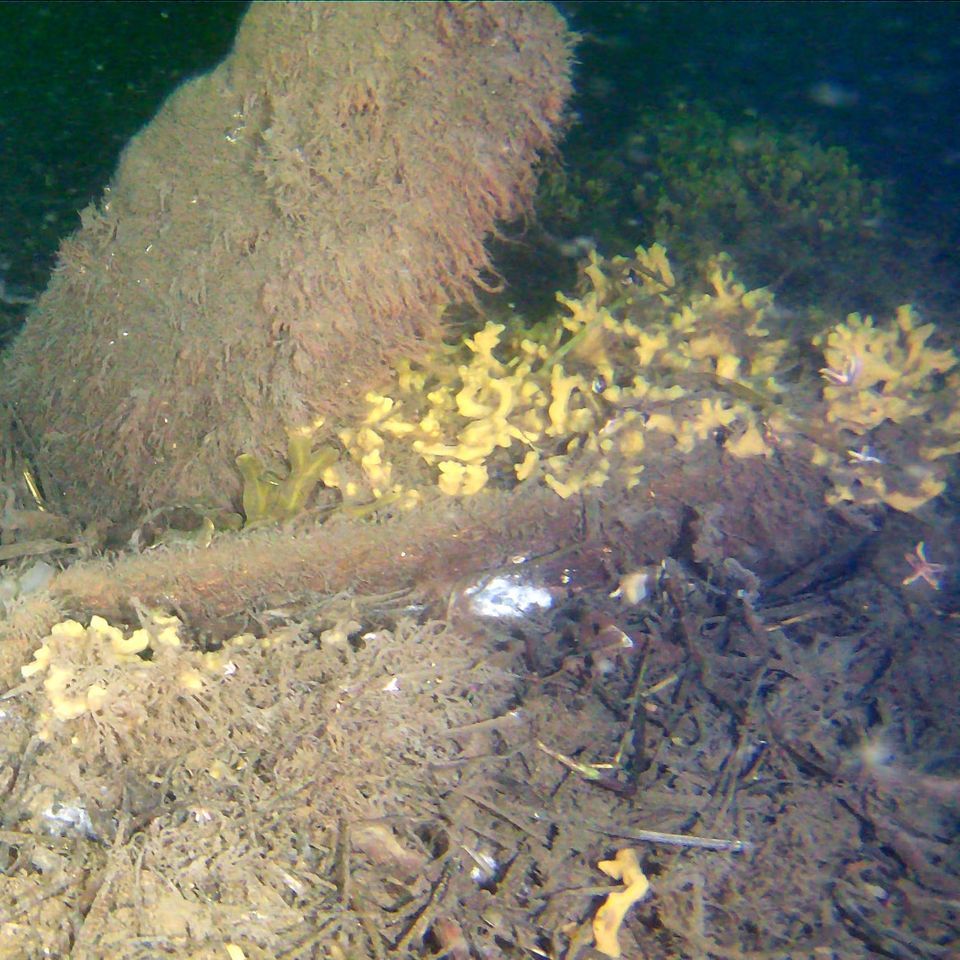
What are projects ?
Projects are self-contained research projects on a specific topic.
Here, for example, is the wreck of a small coastal sailing vessel that sank in the Flensburg Inner Fjord about 120 years ago. Only a small

amount of wreck wood remains of the wooden vessel. However, the cargo, which consisted of bricks, is still there. Very little is known about this wreck, and there is still much to be researched.
This would therefore be a project that would require several departments to work together to unravel this wreck. Any member of fjord-research can submit project ideas on an interesting topic. A committee will then decide whether the submitted project can be carried out by fjord-research, i.e. whether it is suitable and whether the necessary funds are available.
If a project is accepted, the next step is to develop a concept for its implementation and, if necessary, invite other members to help with the planning. The implementation of a project can take months or even years until sufficient data is available for evaluation.
The conclusion of a project is its publication. The principle is that projects carried out by the fjord-research community are also published jointly. This ensures that fjord-research becomes an increasingly comprehensive source of knowledge over time, which other institutions can also access.
The committee
An important component of fjord - research is the so-called committee. It coordinates activities, supports projects, and manages publications.
The committee members are currently:
- Christian Matthias Hansen
- Günter Petersen
- Stephan Thomsen
Project durations
Projects can be short-term, such as documenting the damage to the bottom of the fjord caused by mussel fishing. They can also be long-term, such as the development of the fjord's water quality.
Project mergers
It may happen that individual projects overlap with other projects. In this case, project groups can merge, either in whole or in part, into a new project.
Completed projects
If a project has been scientifically exhausted, meaning that no new findings are expected in the near future, the project leader declares the project completed. The results are then summarized in a final report, which can be presented to the public. These publications are then posted on our website and, if necessary, passed on to the media as part of the release. The publications can be published in the form of text, images, graphics and videos. Completed does not mean absolutely finished, however.
In science, the following applies: A theory or a fact is only true until it is refuted. This statement is an important core of scientific work. Should new findings emerge in the future or new techniques enable better investigations, even a completed project can be revived.



